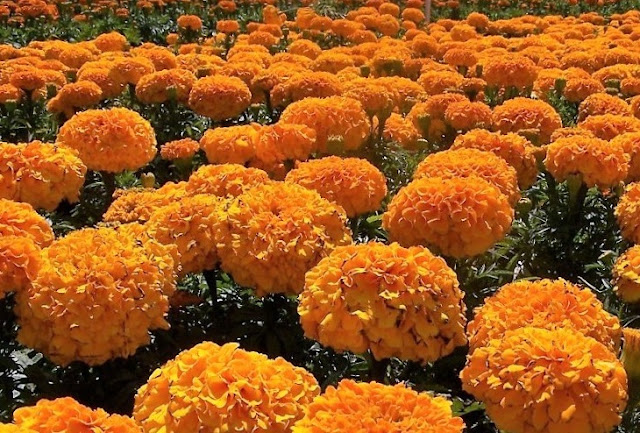 |
| How to grow poinsettias |
Native to Mexico and Guatemala, the poinsettia - Euphorbia pulcherrima, is a popular ornamental houseplant grown for the seasonal Christmas period. Also known as the Christmas star, it is noted for its dark-green foliage and rosettes of large, red bracts. The poinsettia has been associated with Christmas since the 17th century when Franciscan friars decorated their altars with the colourful stems.
 |
| How to grow poinsettias - https://herebydesign.net/ |
Poinsettias require a stable minimum temperature of approximately 13-15°C. Even short periods of lower temperatures can cause environmental shock which can cause the plant to react by dropping its leaves. This exposure should be kept to a minimum, so making sure that they are well protected and covered when purchasing. Unfortunately it is not uncommon for plants to be chilled in transit from the growers prior to purchase.
 |
| How to grow poinsettias - http://www.naturemuseum.org/ |
Once home place in a warm, bright position, but one which is out of direct sun. Avoid draughts, radiators and moving them between hot and cold temperatures too quickly.
Careful watering is particularly important as poinsettias are prone to root damage from waterlogged conditions. Of course the foliage will also wilt if kept to dry, so only water when the surface of the compost has begun to dry out.
Feed with a good quality houseplant fertiliser and mist regularly with tepid water to help extend the flowering period.
For related articles click onto the following links:
HOW TO GROW AECHMEA FASCIATA
HOW TO GROW POINSETTIAS
HOW TO GROW STROMANTHE SANGUINEA 'Triostar'
HOW TO GROW THE SWISS CHEESE PLANT - Monstera deliciosa
How to Care for Poinsettias
HOW TO TAKE CUTTINGS FROM POINSETTIA
POINSETTIA PESTS AND DISEASES
THE CHRISTMAS ROSE - Helleborus niger
THE HISTORY OF CHRISTMAS
THE PLANT HUNTERS
WHY IS MY POINSETTIA DROPPING ITS LEAVES?






















